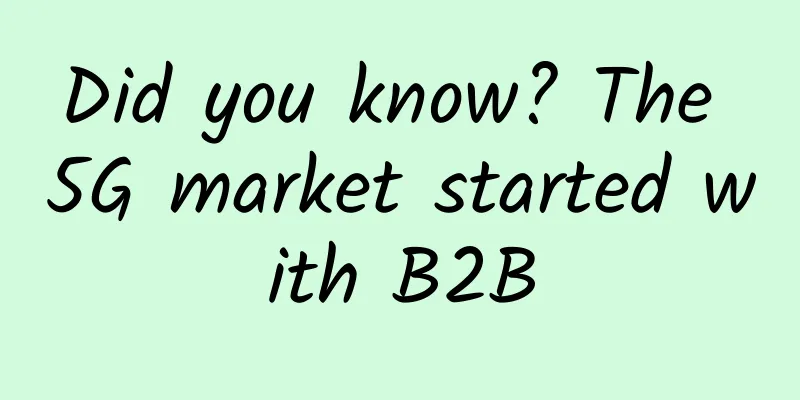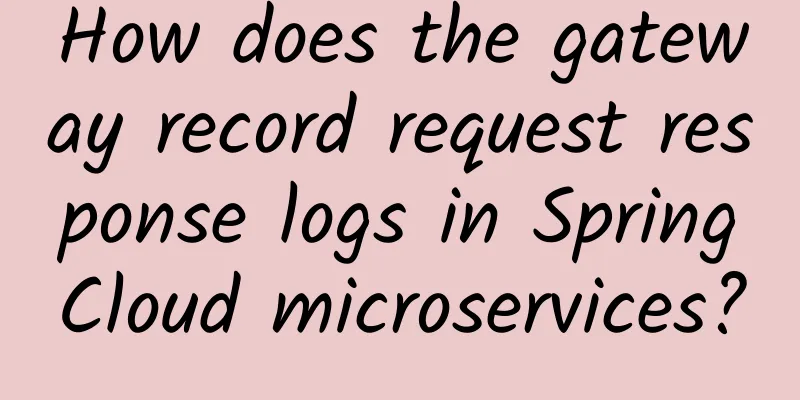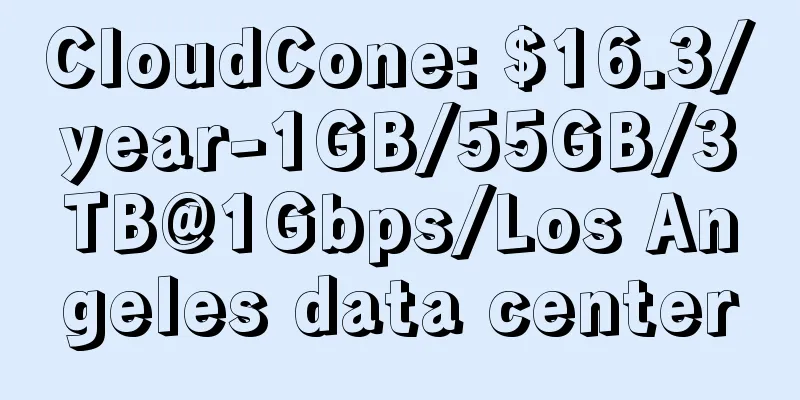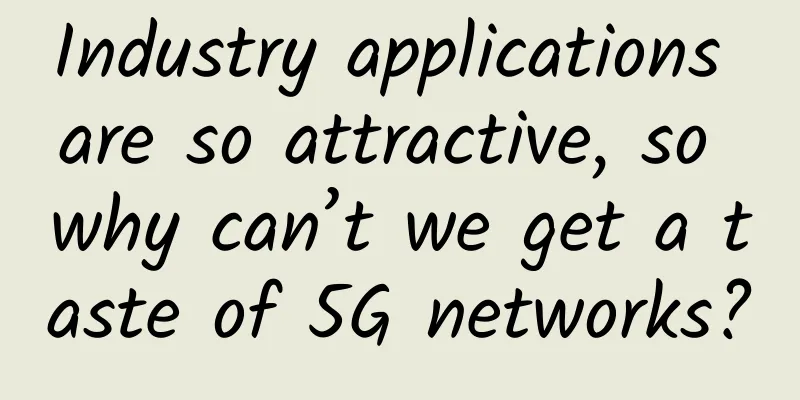Microsoft launches Viva: an employee experience platform based on Teams
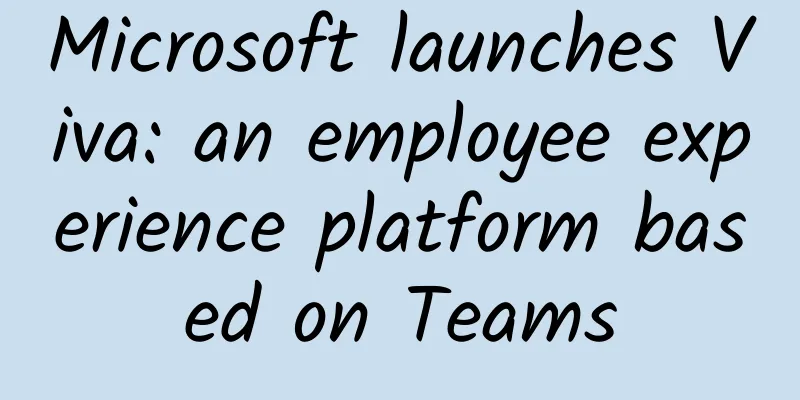
|
Microsoft today unveiled Viva, its employee experience platform, which it calls a digital “portal” for employees to access relevant news, analytics, and knowledge within their organization. Microsoft says that over the next few months, the four Viva "modules" (Connections, Insights, Learning, and Topics) will be implemented in phases in Teams and leverage existing capabilities in the Microsoft 365 portfolio (including SharePoint and analytics tools). Microsoft also said the platform is also designed to give managers and leaders better insights into workers' well-being and performance. “Today, we’re bringing together collaboration, learning, and fun to create an entire new product category: the Employee Experience Platform, or EXP,” Microsoft CEO Satya Nadella said in a pre-recorded briefing ahead of the announcement. Three years ago, ERP applications connected accounting and finance to core business operations, and now companies are trying to achieve similar connections for employee-facing systems, Nadella said. “We believe the same paradigm shift that happened with ERP will happen with EXP today,” Nadella said. “People operations will no longer be limited to HR, but will be integrated into every aspect of the business, improving the overall health and resiliency of the organization.” “Every organization needs a unified employee experience, such as onboarding, collaboration, and continuous learning and development,” Nadella said. “These are no longer siloed functions.” Viva’s launch comes as companies continue to focus on remote workers, especially during the pandemic-driven growth of a distributed workforce. Microsoft believes the “fragmented” market for employee experience tools — covering everything from employee training, benefits, analytics and other wellness issues — is a staggering $300 billion globally. "But these technologies are often fragmented, hard to find, and disruptive to workflows," Jared Spataro, vice president of Microsoft 365, wrote in a blog post. As companies prepare to support large numbers of remote employees in the wake of the pandemic, tools to track and manage employee experience are gaining traction. SAP’s successful IPO of its revenue subsidiary Qualtrics and HR software vendor Workday’s $700 million acquisition of employee engagement analytics provider Peakon are two recent examples. Also, Salesforce launched its employee experience platform Work.com in 2020. “The pandemic has undoubtedly forced a sharp focus on the employee experience as many people have had to adapt, which in turn has highlighted gaps in how many organizations support, train and manage talent,” said Carolina Milanesi, principal analyst at Creative Strategies. “People are realizing that the way they actually work is not the way they should work. This realization, combined with the clarity around work, social issues and upskilling, has created an opportune time for Microsoft to deliver a holistic platform.” Microsoft's existing strength in workplace productivity — and the popularity of Teams, which now has 115 million daily active users — puts it in a good position to introduce a variety of employee experience features, said David Johnson, principal analyst at Forrester. “Microsoft understands the importance of technology in people’s daily work and it’s an important part of its overall employee experience,” Johnson said. “It’s a great move to bring awareness to that and create solutions to help companies create a better experience for their employees.” Milanesi also noted that Microsoft has a greater reach than most companies focused on employee experience. “The biggest advantage Microsoft has is that it is based on solutions that already exist in many organizations (such as Yammer) and relies on a powerful cloud- and AI-powered platform. Other solutions are more limited in scope and don’t necessarily have the advantage of having as many resources and can be criticized for not having as much return, which may require a more thorough evaluation of costs.” For Microsoft 365 customers, the launch of Viva can enable IT to take a more active role in managing and orchestrating the employee experience for their organization. "Unless we work in HR, most of us don't use HRIS (human resource information system) software on a daily basis; we use Microsoft or other productivity software to get our jobs done," Johnson said. "The intention with Viva is to give the CIO a more prominent role in the employee experience, which is something we've been predicting for several years. “As more capabilities are integrated into Teams, this allows them to be more involved in people’s workflows and, most importantly, it increases awareness.” Viva ConnectionsMicrosoft research shows that remote work affects employees' sense of community and organizational belonging (especially for new employees), and 60% of employees feel disconnected since remote work began. Viva Connections is a custom digital workplace built on SharePoint. Thanks to its integration with Microsoft applications (including Yammer, SharePoint and Stream), employees can access a range of content here, including internal company news, policies and benefits, and interact with various groups and communities. Every employee receives a customized news feed that the internal communications team can use to highlight important information—which is accessible on a dashboard that serves as Viva’s homepage. The Connections app can be customized with company branding and curated content, giving employees access to clear information and tools. Viva Connections is expected to be available on the Teams desktop app in the first half of 2021, with the mobile app to follow in the summer. Viva InsightsThe analytics tool, Viva Insights, is specifically targeted at employees and managers and can track productivity and health at both an individual and enterprise level. Microsoft said Viva Insights, which will replace two existing Microsoft 365 tools (MyAnalytics and Workplace Analytics), will provide an overview of productivity levels. The goal is to ensure employee well-being and avoid burnout, for example, by detecting whether employees are losing focus due to frequent meetings. Virtual commuting and other features will be available in the "coming months" along with integration with the Headspace meditation and mindfulness app and Viva Learning. In addition to tapping into data from Microsoft’s own products, such as Teams and Outlook, Viva Insights will also incorporate data from third-party apps, including video tools like Zoom and HR platforms from Workday and SAP SuccessFactors. Microsoft, which has faced criticism in recent months for its Productivity Score tool that allows managers to monitor individual productivity levels, said only individual employees can view personal data obtained from Viva Insights, while business leaders and managers can only access higher-level information after it is aggregated and anonymized and is not public by default. Viva Insights is available now for download in Teams, in public beta for Microsoft Exchange Online users, and for existing Workplace Analytics customers to get the insights managers need. Viva LearningThe Viva Learning app for Teams, now in alpha, is a central repository for learning materials. Its purpose is to help employees easily find the information they need to do their jobs, such as training videos and PowerPoint presentations. Teams users can search and share learning content in chat and create their own “tags” within the collaboration platform to organize their content. Learning content comes from a wide range of sources, such as Microsoft Learn, LinkedIn Learning, and third-party providers such as Coursera and PluralSight. VivaLearning will also integrate with learning management systems from companies such as Cornerstone OnDemand, SAP SuccessFactors, and others. VivaLearning is currently being piloted with select Microsoft customers, with general release scheduled for “later this year.” VivaTopicsFinally, VivaTopics is a knowledge management platform that helps employees access information relevant to their job responsibilities. Topics uses AI to organize content and organize that content into subject areas such as projects, products or customers, collating information from across the Microsoft 365 ecosystem as well as third-party providers such as Salesforce and ServiceNow. These topic pages are automatically curated by Microsoft's AI, and an organization's "experts" can add and edit the wiki-style pages. Topic “cards” are also available in Microsoft 365 apps, and these cards highlight various topics when they appear in certain messages or other content in the apps, for example, quickly providing context for unfamiliar abbreviations or terms. Topics are arranged according to “topic hubs” that are ultimately viewable across Teams and SharePoint, where workers can discover recommended content based on topics they follow and personalized by the Microsoft Graph. VivaTopics is generally available to all Microsoft 365 customers starting today. |
<<: Foreign media: South Korea encourages virtual network operators to participate in 5G competition
Recommend
Can you afford a 5G terminal that costs over 10,000 yuan?
Everyone wants to be the first to experience the ...
Megalayer Summer Promotion: VPS hosting starts at 189 yuan per year, with optional data centers in San Jose, US, Hong Kong, China, and Singapore
Megalayer's summer special offer is in progre...
The battle for Wi-Fi 7 is about to begin
The summer of 2022 is coming, and the person to t...
Five IoT product design concepts to attract and retain the younger generation of consumers
The post-2000s are an emerging generation of cons...
China Unicom and its partners release the Trusted Network White Paper
On July 9, 2023, China United Network Communicati...
5G is entering a period of explosive growth, and it is time for millimeter wave to debut
[[433374]] In 2021, the global 5G network constru...
The Chinese Academy of Sciences announced that it will develop its own 5G baseband and other key chips to replace imported products
The next trend in communications is 5G, which not...
5G penetrates into the B-end market and promotes the digital transformation of the industry
The core of 5G technology lies in the development...
It has been almost three years since number portability was implemented. Who is the winner among the three major operators?
Since the three major operators in my country occ...
Promote high-quality development of 5G digital "new infrastructure" through development model innovation
The CPC Central Committee and the State Council a...
If 12345G were in a WeChat group, what would they talk about?
[[269676]] Scene 1 The development and rise and f...
Akamai Releases 2021 Annual Sustainability Report
March 14, 2022 - Akamai Technologies, Inc. (Akama...
AT&T 5G is powering 'massive' enterprise IoT
US-based telecom operators have been working on h...
5G commercialization promotes the scale development of industrial Internet
The Industrial Internet is a network that connect...
5G paves the way for the 14th Five-Year Plan and sets sail for a new era of digital economy
The year 2020 has multiple "identities"...
